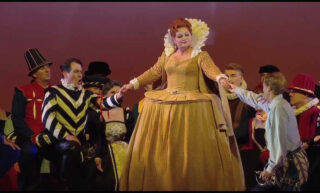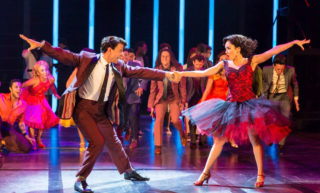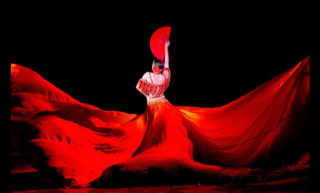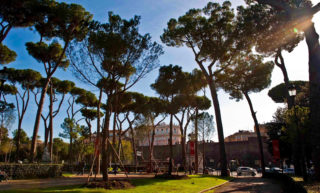Fabulous Fantasy
Sinfonieorchester Basel
6 December 2018
Martin Fröst, clarinet
Ivor Bolton, conductor
Luigi Boccherini / Luciano Berio - Quattro versioni originali della Ritirata notturna di Madrid di Luigi Boccherini
Wolfgang Amadeus Mozart / Luciano Berio - Variazione sull'aria di Papageno
Wolfgang Amadeus Mozart - Concert for Clarinet and Orchestra
Hector Berlioz - Symphonie fantastique
When Paul Sacher enrolled to study musicology in his native Basel in the 1920s, few predicted the enormous influence he would have on the development of the city as a centre for the study of modern classical music. Married to the heiress of Hoffmann-La Roche, Sacher had the means to commission works for his Basel orchestra from composers like Stravinksy and Carter. His estate now lies at the heart of the Paul Sacher Foundation, an important research centre of 20th- and 21st-century music. Luciano Berio, one of the composers who wrote a piece for Sacher’s 70th birthday, is represented with an impressive collection of items in the Foundation’s archives. To honour this composer, SOB will be performing several of his compositions this season.
In La Ritirata, Berio reinterprets the last movement of Boccherini’s La musica notturna delle strade di Madrid. Where the latter uses strings only, Berio deploys the entire orchestra to paint a musical picture of the military tattoo, announced by the drums.
Berio’s Divertimento per Mozart is an inspiration based on the famous aria Ein Mädchen oder Weibchen (aria di Papageno from Die Zauberflöte) rather than an easily recognisable reinterpretation of it. The piece forms a neat bridge to Mozart’s clarinet concerto and – given the subject matter of both pieces, which is an intense longing for a partner – also to Berlioz’ Symphonie Fantastique.
While Mozart’s Clarinet Concerto uses the so-called ritornello, a theme returning in different disguises, Berlioz goes a step further by introducing the idée fixe, a returning theme or Leitmotiv that supports the storyline of the composition.
In the concerto, written for the basset clarinet to allow for lower notes, the orchestra sets out with a theme, repeated and elaborated upon by the clarinet before returning it to the orchestra, hence the term ritornello.
Symphonie Fantastique recounts how an artist falls in love with the ideal woman (first movement) represented by a musical theme, the idée fixe, played first by the violins at the beginning of the work and returning throughout the five movements. There are undeniable parallels between the artist and the composer, and the imaginary loved-one and the actress Harriet Smithson, who for a long time ignored Berlioz’ advances.
In the second movement we find the artist at a ball where he continually seems to be catching glimpses of his ferne Geliebte.
The scene aux champs (in the fields) pictures the artist contemplating a life together, though it is overshadowed by the fear of betrayal.
Convinced that his love is spurned, the artist brings himself into a state of hallucinatory dreams in which he murders his beloved, for which he is condemned and led in procession to the scaffold (Marche au Supplice) to witness his own execution. The final movement culminates in the beloved appearing at a nightly demonic witch dance during the artist’s funeral, which eventually turns into a horrifying Dies Irae, a movement traditionally used in the Requiem.
From the military tattoo in Madrid to the nightmarish march to the scaffold, this concert is a tribute to all composers’ fabulous fantasy and creative imagination.
These English program notes have been published in the magazine (No. 4, 2018/2019) of the Sinfonieorchester Basel.








Comments